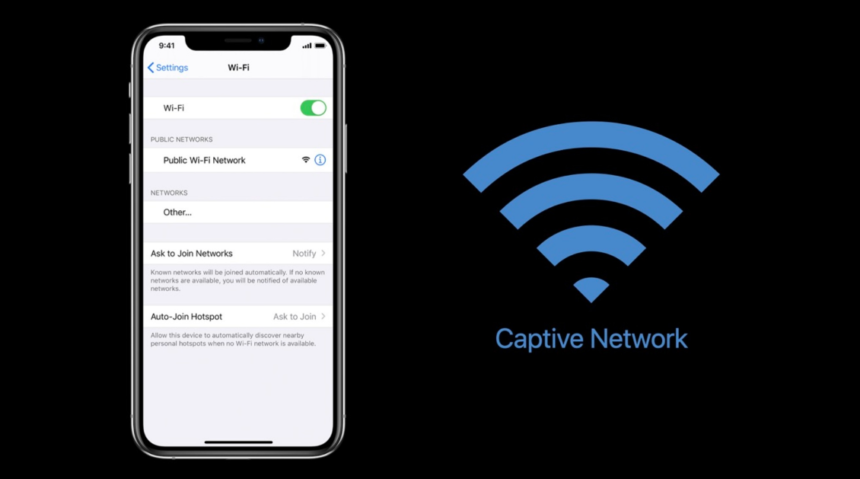What is Captive Network Assistant?
Maintaining a secure and seamless internet connection is paramount in today’s hyper-connected world. Public Wi-Fi networks often found in airports coffee shops and hotels pose significant security risks. This is where the Captive Network Assistant (CNA) comes into play. The CNA is a tool designed to enhance the security and usability of public Wi-Fi networks by automatically triggering captive portals making it easier for users to connect and stay safe online.
The Role of Captive Network Assistant:
Captive Network Assistants are built into various operating systems including iOS macOS and Android. They function as limited web browsers that pop up when a device connects to a public Wi-Fi network. This pop-up prompts users to enter their login details or accept terms and conditions before gaining full internet access. This process ensures that users know the network’s terms and adds a layer of security by preventing automatic connections to potentially unsafe networks.
Benefits of Using Captive Network Assistant:
- Enhanced Security: CNAs help protect devices from malicious networks and potential cyber threats2 by requiring user interaction before granting internet access.
- User Convenience: The automatic pop-up makes connecting to public Wi-Fi easy without manually opening a browser and navigating to a login page.
- Network Management: For network administrators CNAs provide a straightforward way to manage user access and ensure compliance with network policies.
Challenges and Limitations:
While CNAs offer significant benefits they also come with certain limitations. For instance the restricted browser functionality can prevent users from downloading necessary resources which can be a hurdle for organizations trying to onboard new devices. The user experience can also vary across different devices and operating systems sometimes leading to confusion or connectivity issues.
FAQs
What is a Captive Network Assistant?
A Captive Network Assistant (CNA) is a tool built into various operating systems that triggers a pop-up browser when a device connects to a public Wi-Fi network prompting the user to log in or accept terms before accessing the internet.
How does a Captive Network Assistant enhance security?
By requiring user interaction before granting internet access CNAs help protect devices from connecting to potentially malicious networks and ensure that users know the network’s terms and conditions.
What are the limitations of Captive Network Assistants?
CNAs can restrict browser functionality preventing downloads and installations which can be challenging for organizations trying to onboard new devices. The user experience can also vary across different devices and operating systems.
Which operating systems support Captive Network Assistants?
CNAs are built into several operating systems including iOS macOS and Android to enhance the security and usability of public Wi-Fi networks.
Why are Captive Network Assistants important for public Wi-Fi?
CNAs ensure that users interact with the network’s login or terms page before accessing the internet adding a layer of security and making the connection process more user-friendly.
Conclusion:
Captive Network Assistants play a crucial role in enhancing the security and usability of public Wi-Fi networks. Requiring user interaction before granting access helps protect devices from potential threats and ensures a smoother connection process. As public Wi-Fi usage continues to grow, the importance of tools like the CNA cannot be overstated. How will the evolution of CNAs shape the future of public Wi-Fi security?



